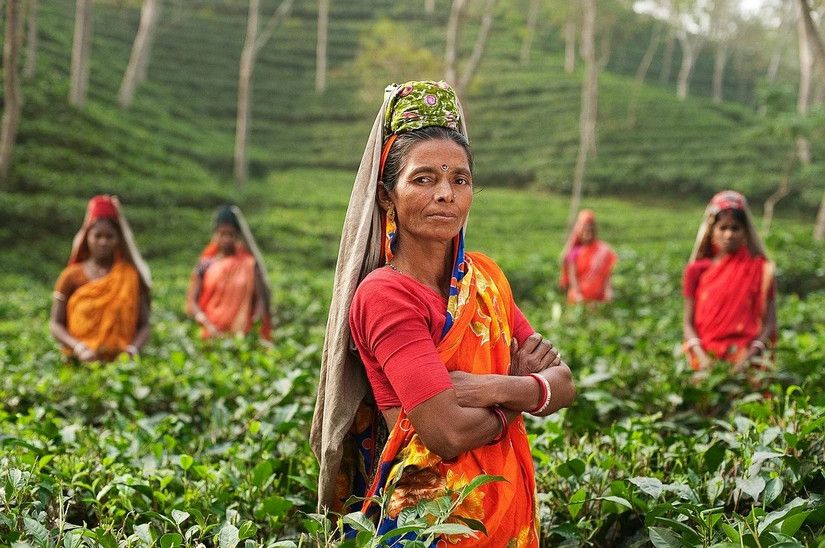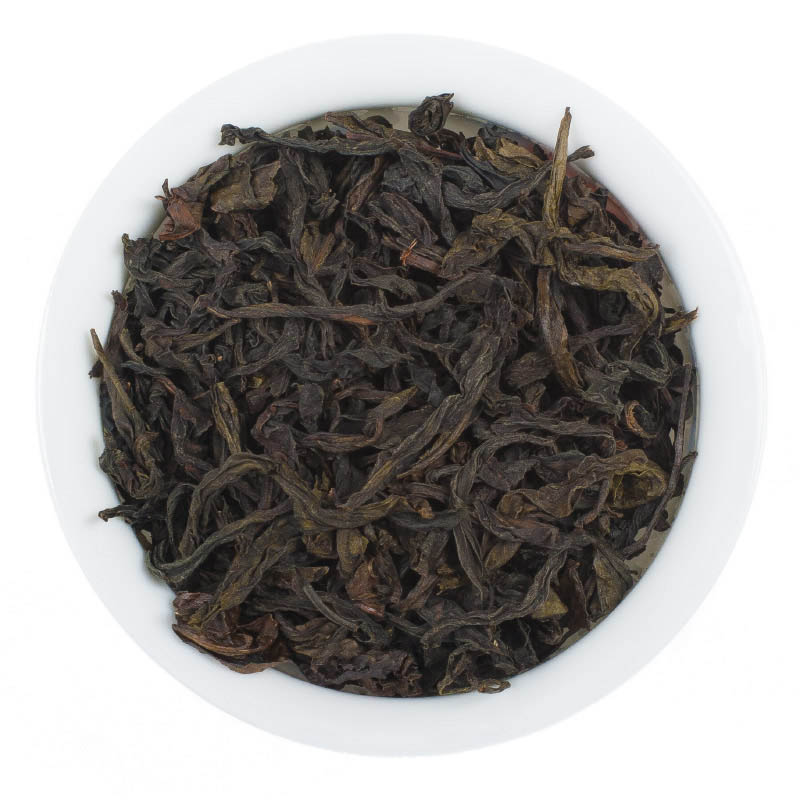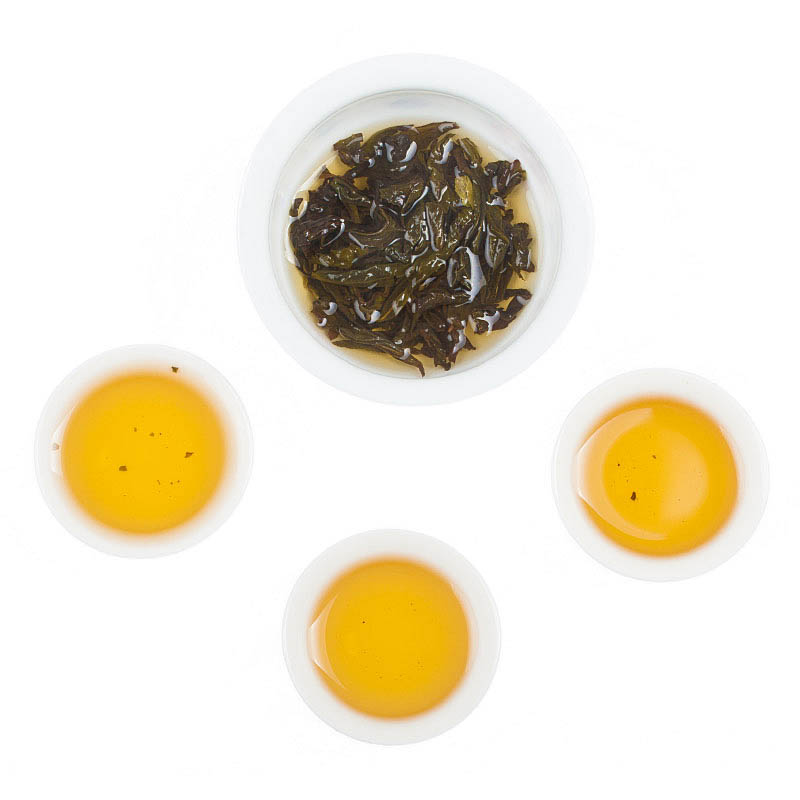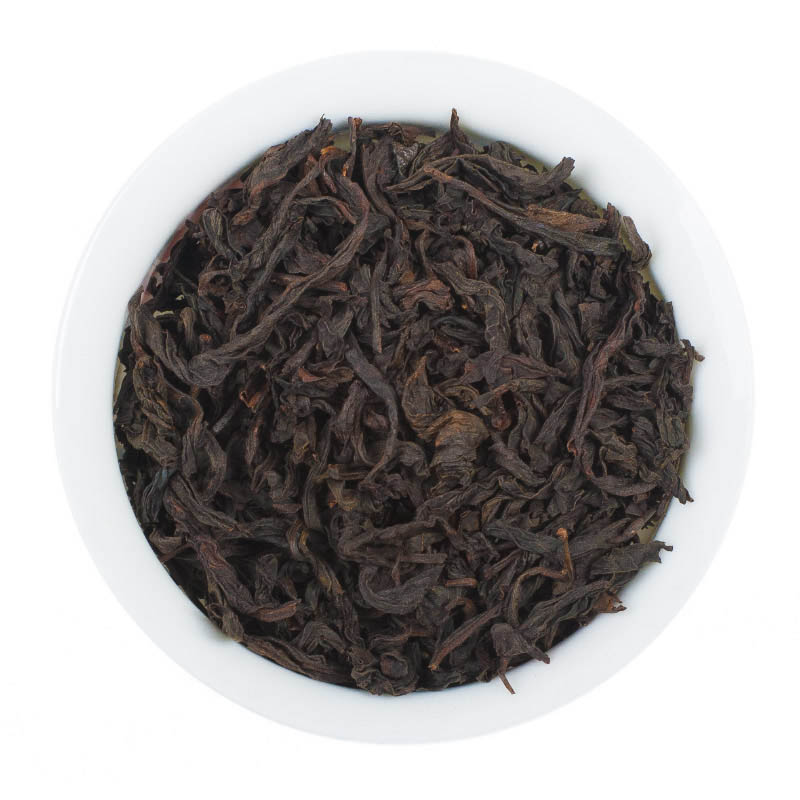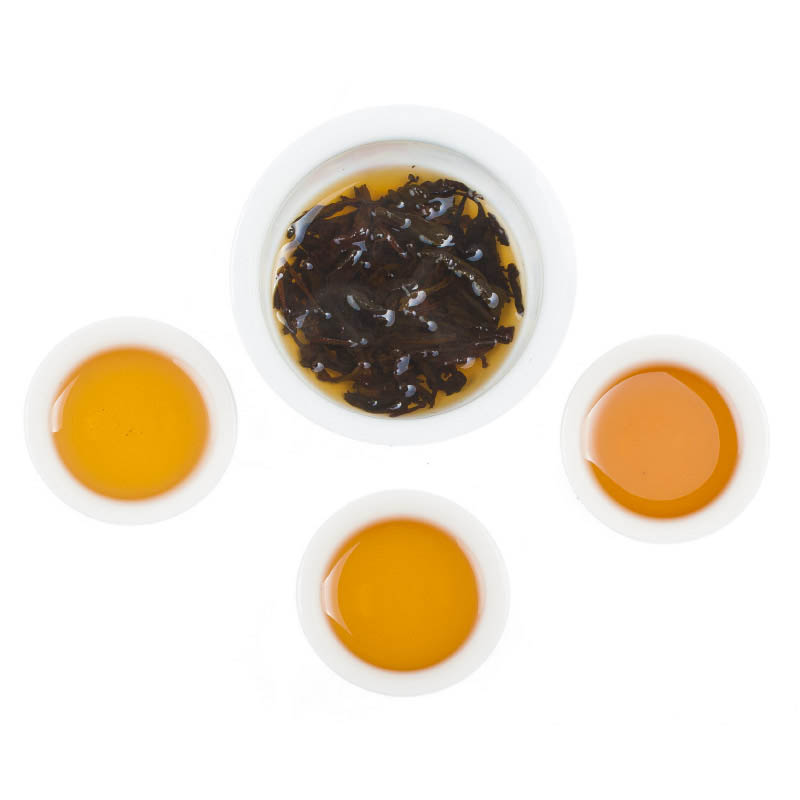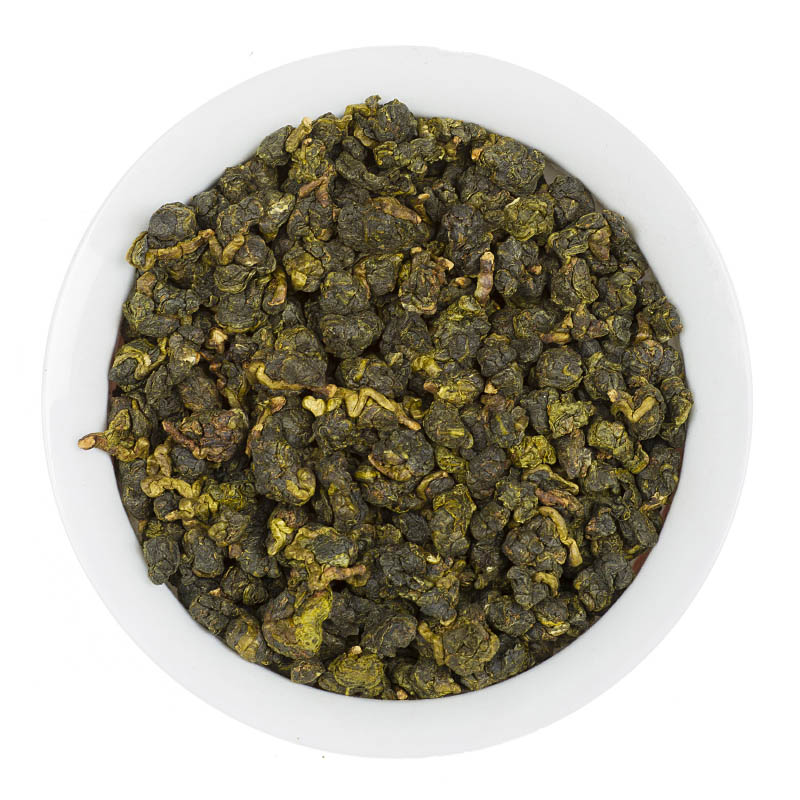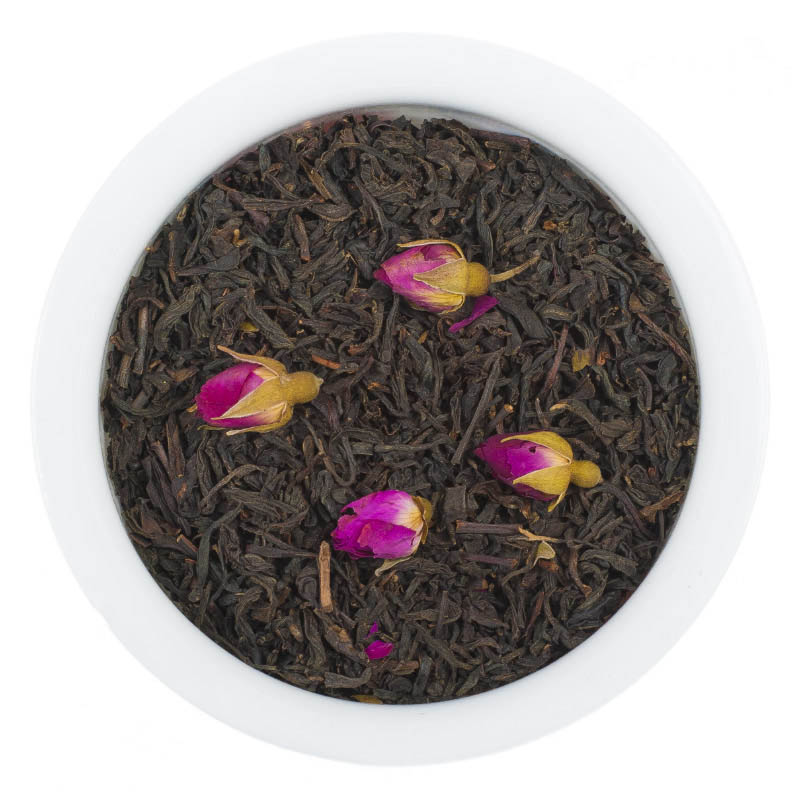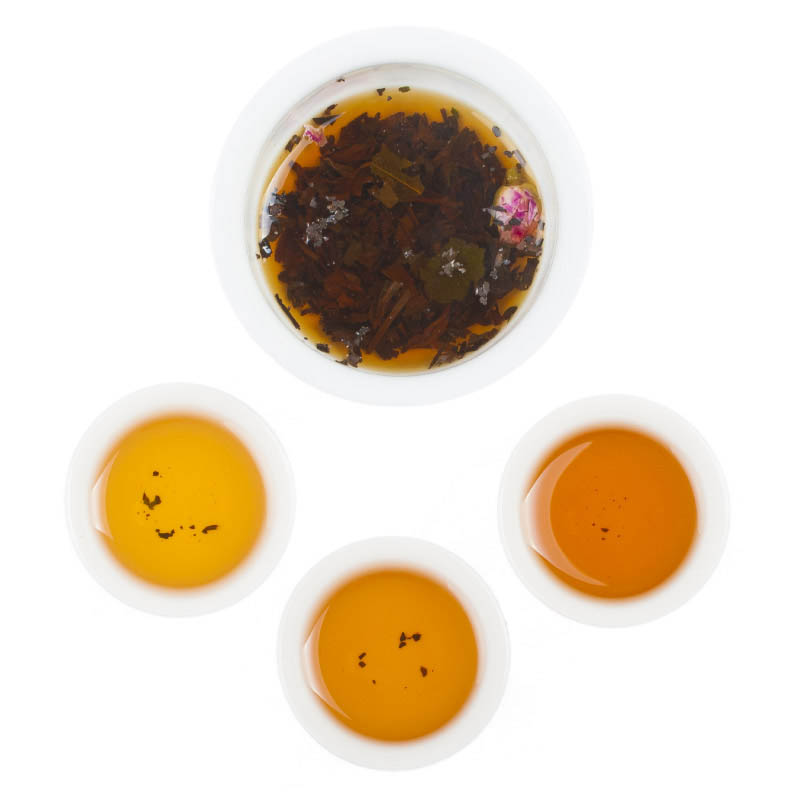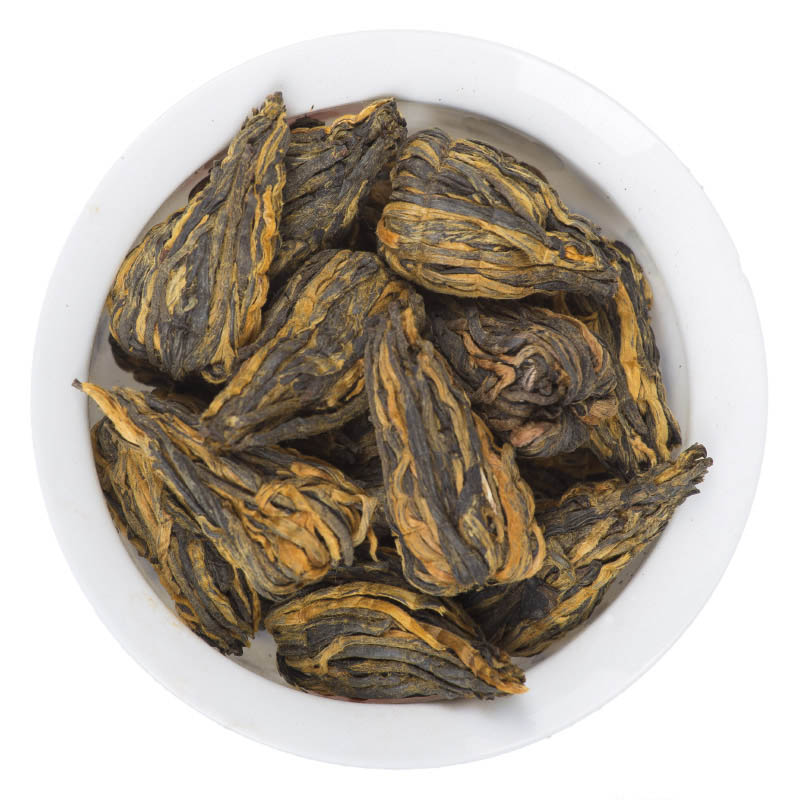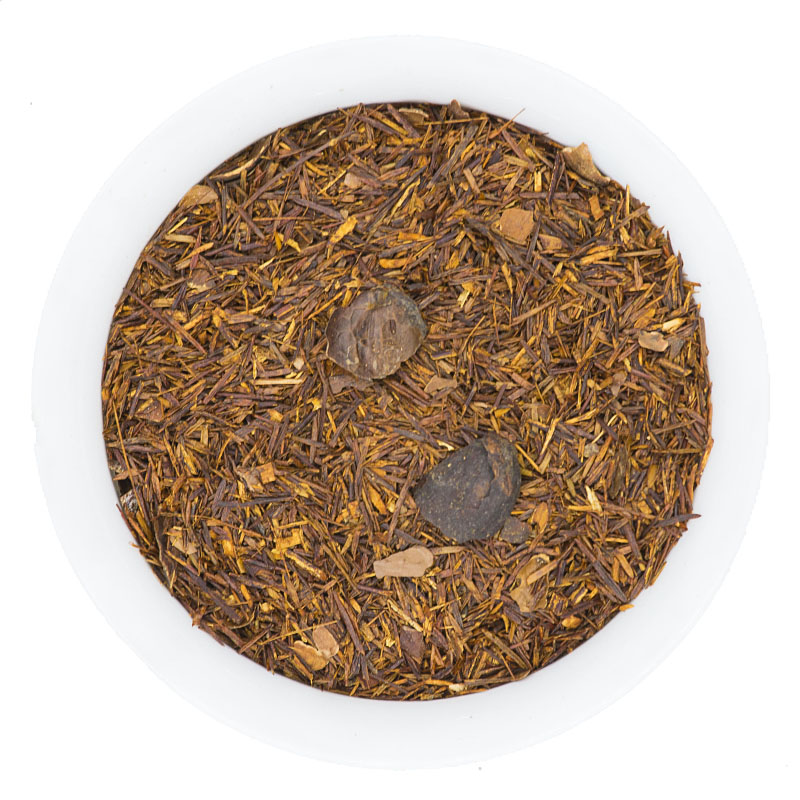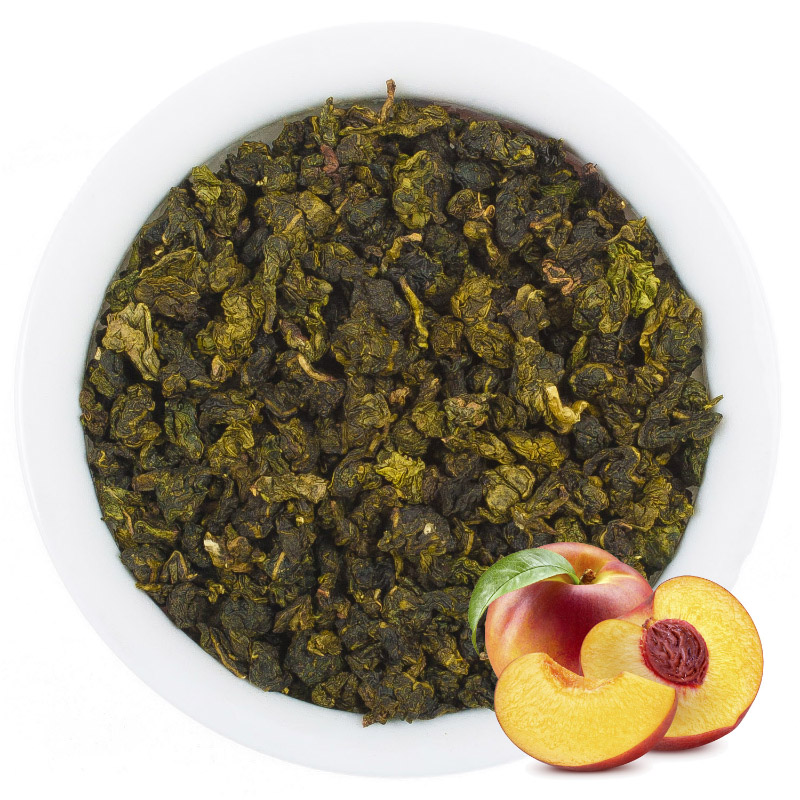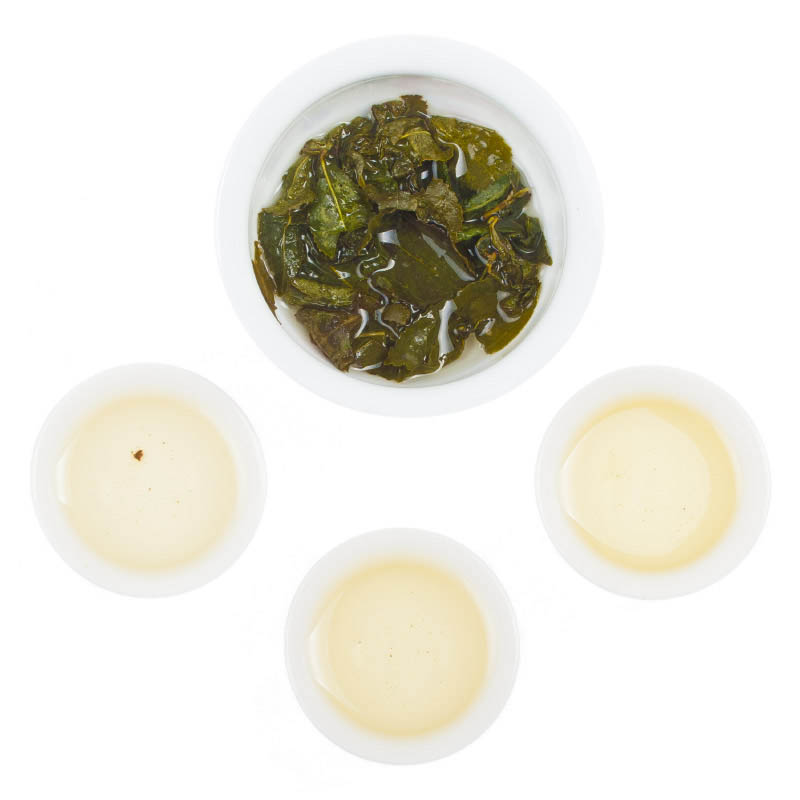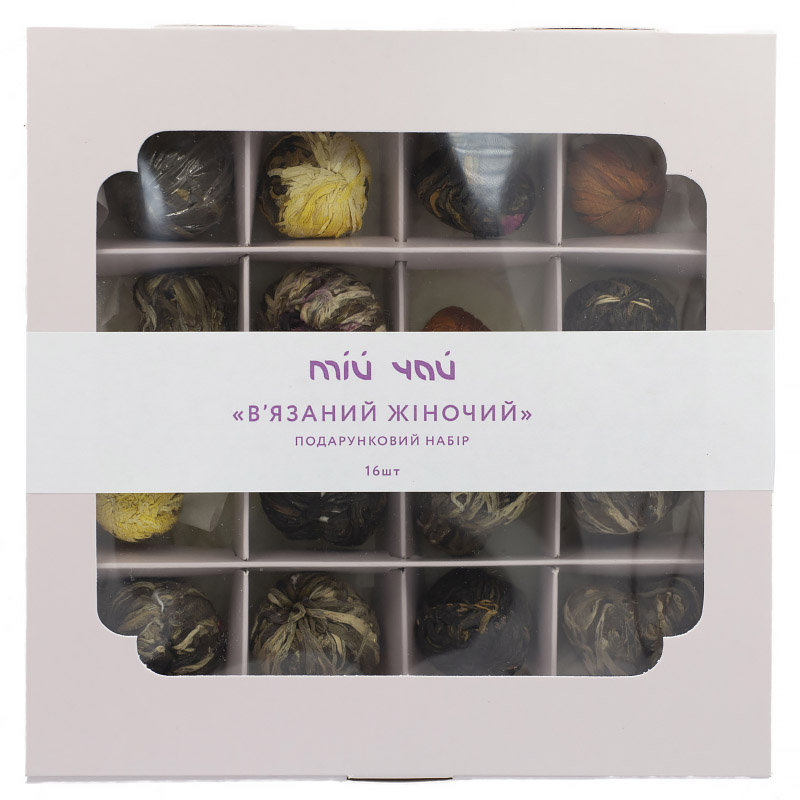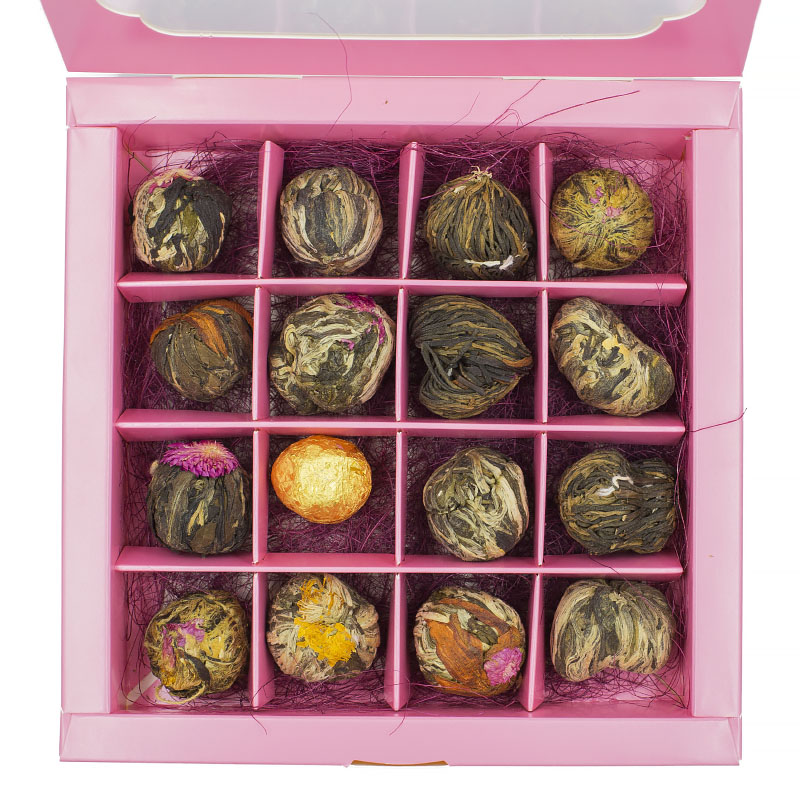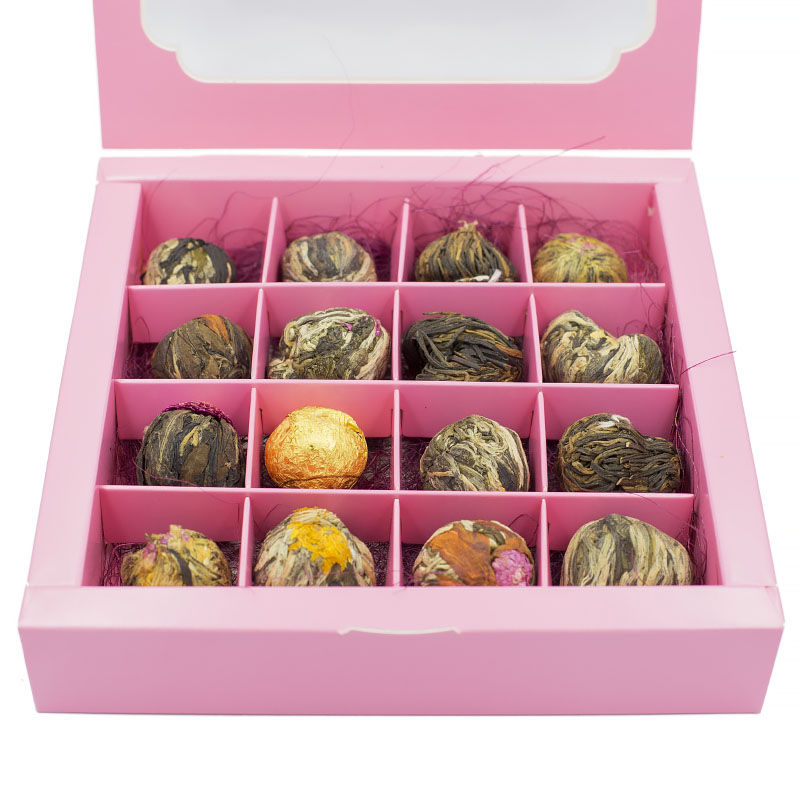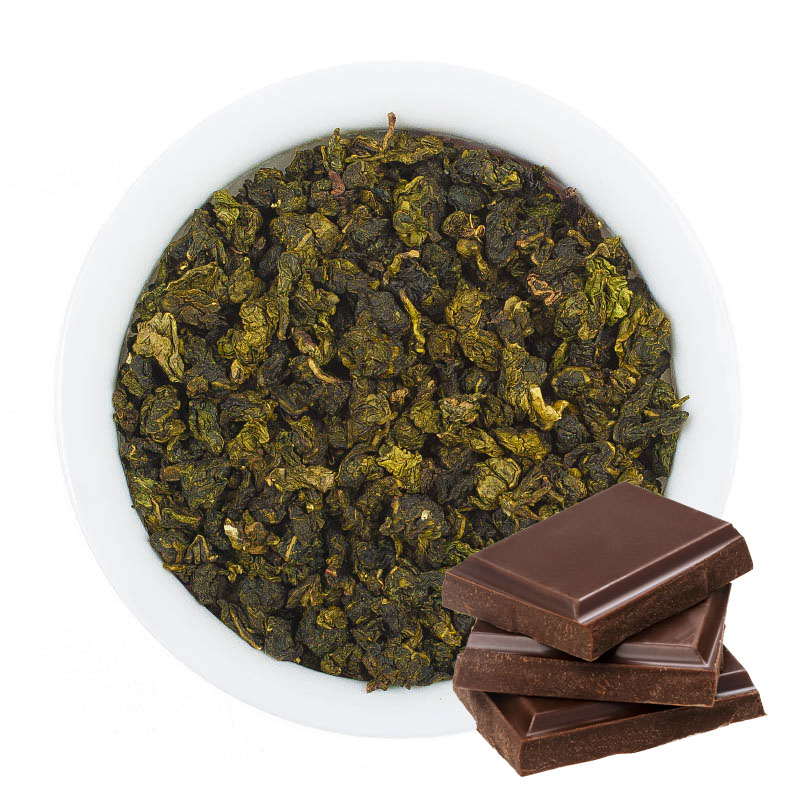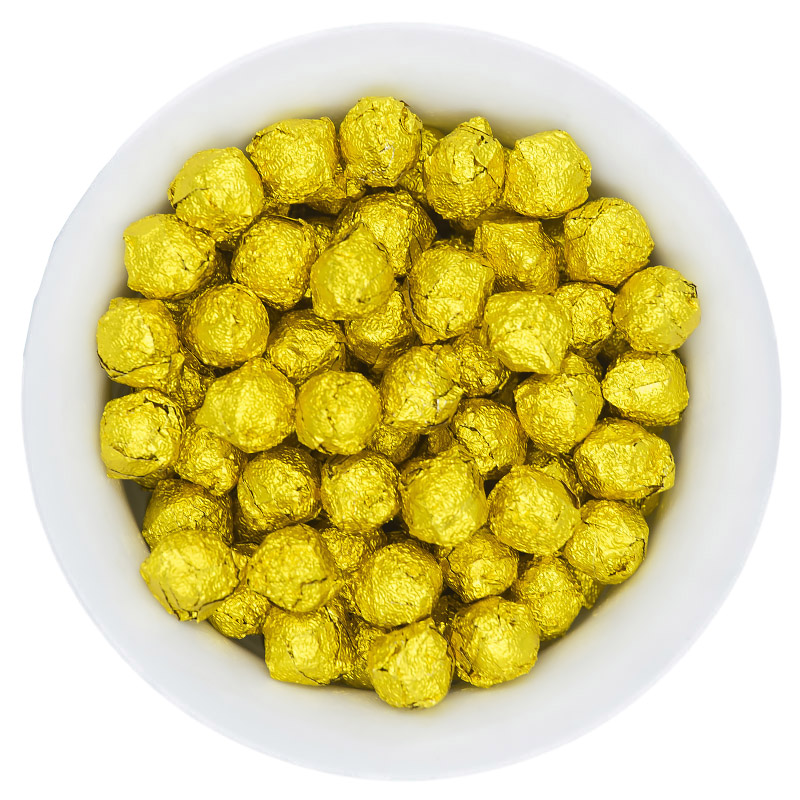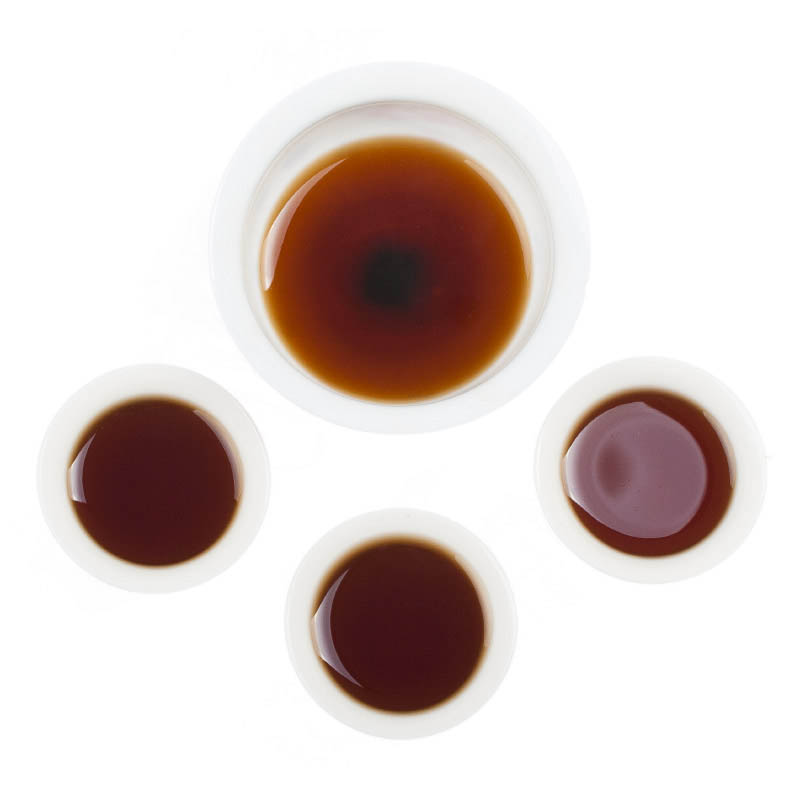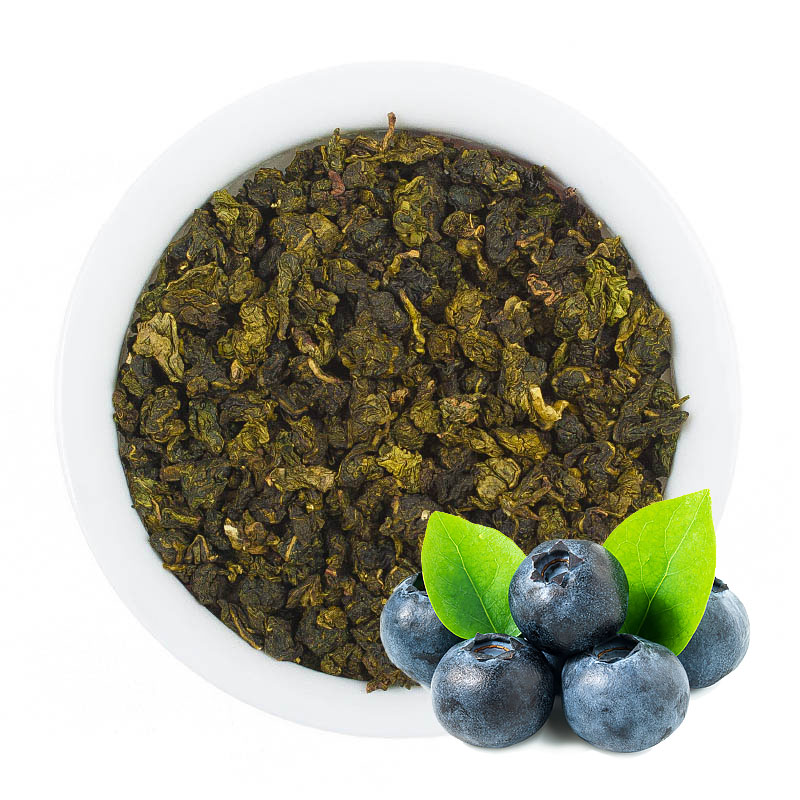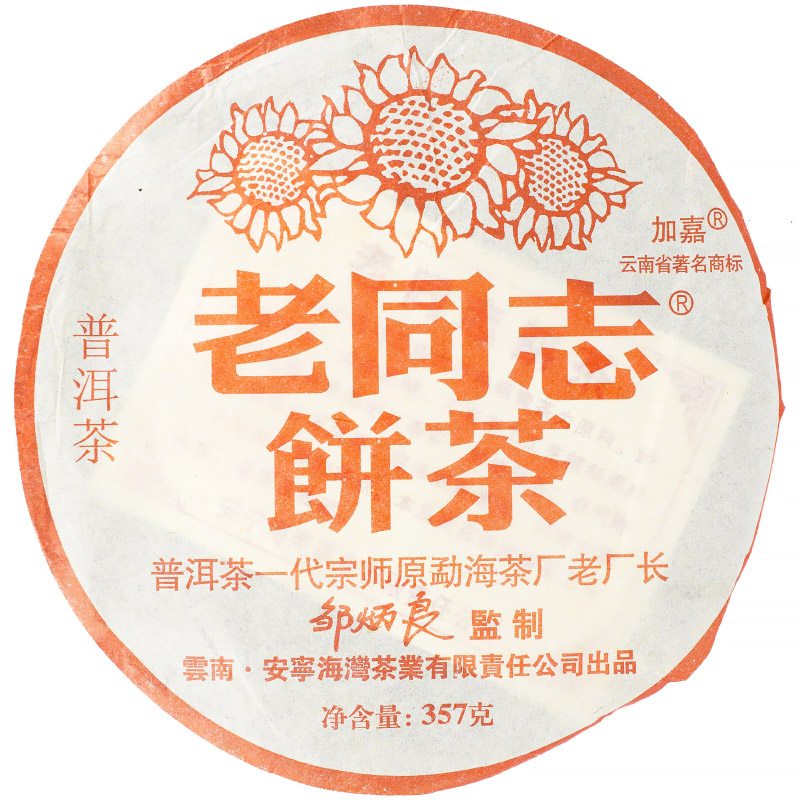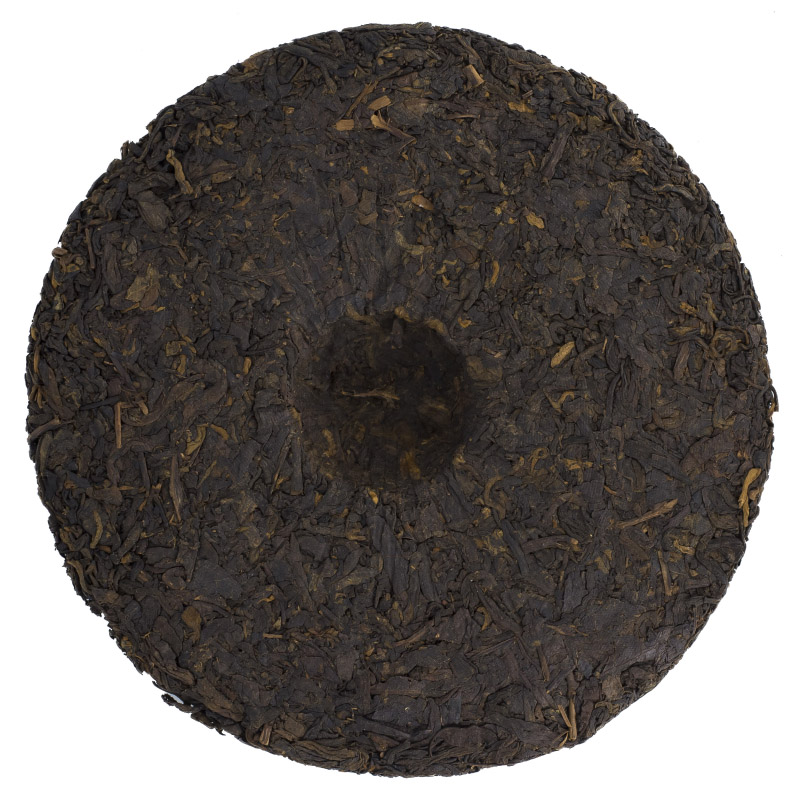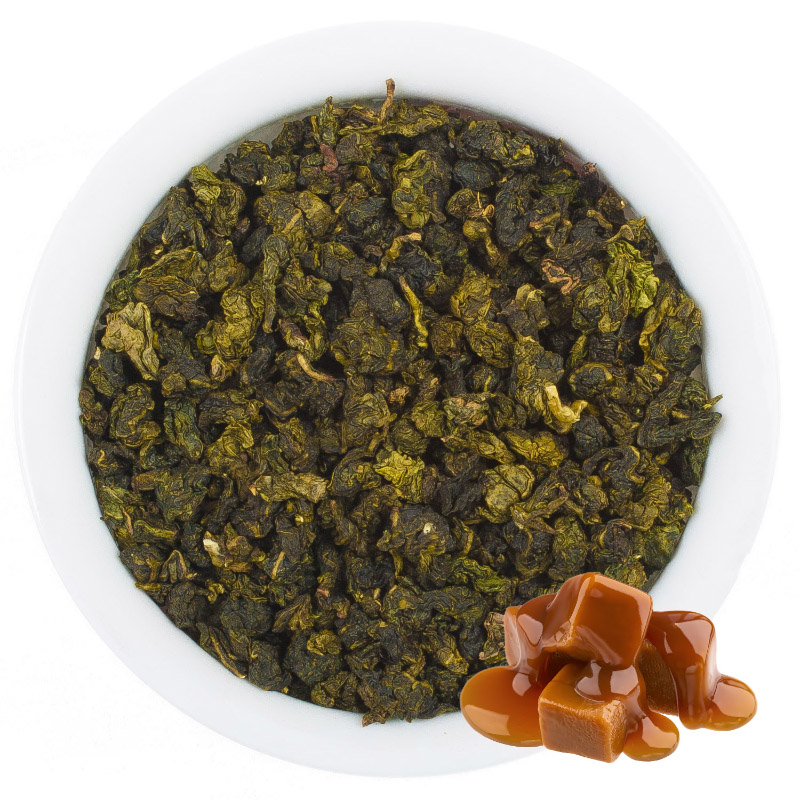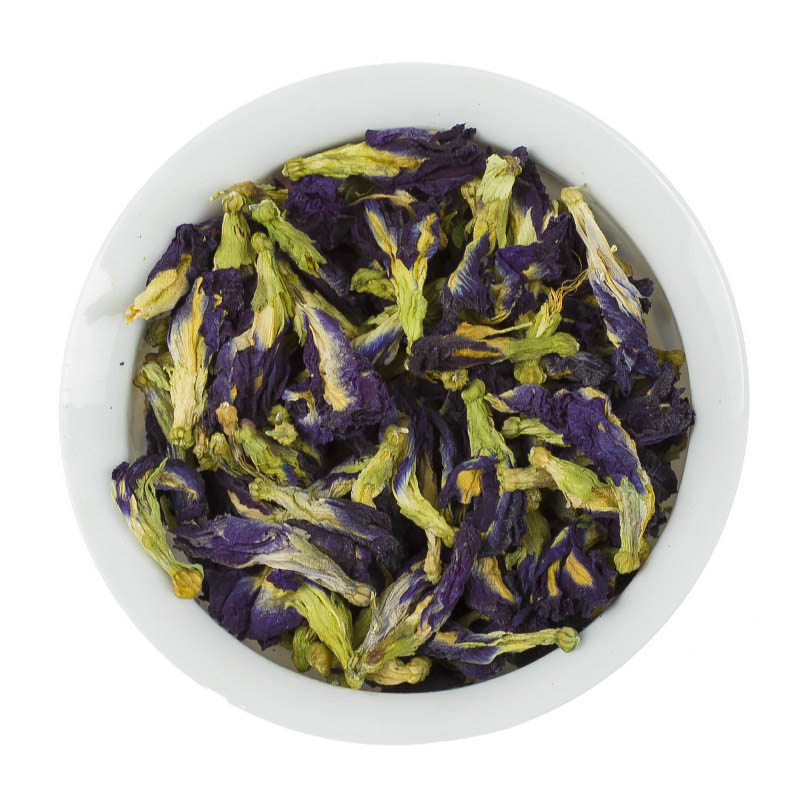Contents
- Features of Indian Tea Harvesting
- Health Benefits of Indian Tea
- How to Brew Properly
- Are There Any Contraindications to Consuming Indian Tea?
The first tea plantations appeared in India in the second half of the nineteenth century. The people of the small state of Assam were the first to cultivate tea. The plants were brought from China.
Today, India is one of the largest tea producers in the world. It mainly exports black tea. The largest plantations are located in the northeast of the country.
True connoisseurs of the aromatic drink highly value tea varieties growing in the Himalayan mountains. The most popular is Darjeeling. It is grown in mountainous areas in the south of the country. There are four tea plantation regions in India in total.
Assam is considered a traditional product. This variety is the highest quality. Its distinctive feature is a rich and intense taste with astringent notes. The brewed drink has a burgundy-red color.
Darjeeling is considered a premium variety. Its features include a high price, excellent quality, delicate taste, and barely noticeable fruity notes. Properly brewed tea has a copper-golden color.
Plantations in Darjeeling District
Nilgiri is a variety used for blending. It has a sharp taste and pronounced aroma. Sikkim tea is a relatively new variety.
In stores, you can find not only black but also green Assam tea. This drink has an astringent taste and yellowish-green color, and contains fruits and jasmine.
Assam is a variety made not from the Chinese subspecies of the tea bush (Camellia sinensis), but from the Indian subspecies (Assamica). Its leaves are larger and differ in taste.
Features of Indian Tea Harvesting
Tea leaves are picked from bushes either by hand or using special machines. By hand, two young leaves and one bud are collected. This method is labor-intensive but produces the highest quality product.
Women and girls pick tea leaves under the scorching sun. Men do not work on the plantations. This is explained by the fact that men cannot handle the raw materials as carefully as women. Tea harvesting is a monotonous and prolonged task that only women can endure.
Using special machines significantly speeds up the process, but quality often suffers. Mechanical units cannot distinguish between old and young leaves and twigs. As a result, the chemical composition of the tea is disrupted, and the product becomes uneven.
The most valuable harvest is obtained in the first season (there are four in total).
Health Benefits of Indian Tea
Black tea grown in India offers the greatest health benefits. This drink contains vitamins, essential oils, and other beneficial components.
Consuming Indian tea provides the following positive effects:
- Normalizes heart function (due to its high tannin and caffeine content).
- Dilates blood vessels and relieves spasms.
- Regulates digestive system function.
- Relieves fatigue.
Tea drinkers always feel energized. This drink has anti-inflammatory properties, improves brain function, speeds up metabolism, lowers bad cholesterol levels, and has a rejuvenating effect.
How to Brew Properly
There are no strict rules for brewing Indian tea. Much depends on personal taste preferences. But if you want to brew the drink following ancient Indian traditions, let it steep longer to make it strong.
Before brewing, rinse the teapot with hot water. Then add dried tea leaves. One dessert spoon is enough for one serving. Pour boiling water (recommended temperature is 80°C) over the leaves. Steep for 5-7 minutes.
You may add a little sugar or lemon if desired. The main goal is to enjoy the tea ceremony to the fullest. Honey and milk help soften the aftertaste.
Drinking tea can reduce appetite. To fully appreciate the authentic taste of Indian tea, it’s best not to add sugar. Store tea leaves in a dark, dry place in an airtight container. The shelf life is 6 months.
Are There Any Contraindications to Consuming Indian Tea?
Black tea is not recommended for people suffering from glaucoma, varicose veins, or atherosclerosis. Consumption should be limited during pregnancy, high blood pressure, and arrhythmia. Black tea varieties can accelerate heartbeat and increase fluoride levels in the body.
Drink tea in moderation — no more than four cups per day.
Don’t miss the chance to buy tea grown on Indian plantations. The most popular varieties for true tea art connoisseurs are available for purchase.
